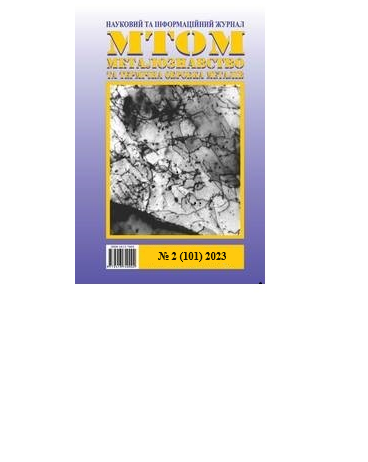MODELLING THE INFLUENCE OF WELDING MODES ON THE MECHANICAL PROPERTIES OF WELDED JOINTS
DOI:
https://doi.org/10.30838/J.PMHTM.2413.040723.67.986Keywords:
metal structures, welding, mathematical model, finite element method, boundary element method, finite difference methodAbstract
Introduction. Welding is one of the most common and effective methods of joining metal structures, which is used in many industries, from the automotive to the oil industry. However, in the process of welding, the joints are subjected to significant thermal and mechanical loads, which can lead to defects and a decrease in the mechanical properties of welded joints. The main part. Modelling the influence of welding modes can be performed using various methods, such as mathematical modelling based on the laws of physics and mechanics, experimental studies of welded joints and their analysis, or a combination of these methods. Basically, finite element methods, boundary element method, finite difference method, and hybrid modelling method can be applied, where, for each individual element of influence on welding, the most effective method of mathematical modelling is used. It is considered what software can be used for modelling a mathematical model. The methods of experimental research used to determine the mechanical properties of a welded joint are analyzed. The methods of comparing experimental data to the mathematical model are also analyzed. Conclusions. The basic methods of mathematical modelling of welding, methods of experimental research, and comparison of the obtained data of the mathematical model with the conducted research have been considered. Based on the comparison, it is possible to find out how a particular welding mode will affect the quality of the welded joint.
Downloads
Published
Issue
Section
License
Authors that are published in this journal agree to follow the conditions:
Authors reserve the right to the authorship of his work and cede the right to the journal of first publication of this work on conditions of the license under the Creative Commons Attribution License, which allows others to distribute it freely with the obligatory reference to the author of the original work and the first publication of the work in this journal.

